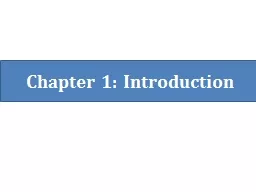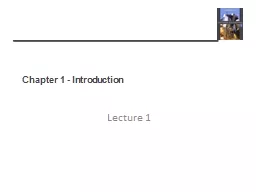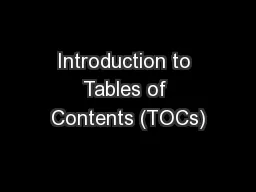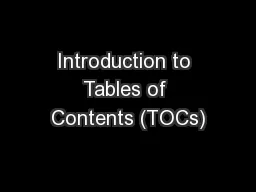PPT-Chapter 1: Introduction Contents
Author : sherrill-nordquist | Published Date : 2018-02-25
Whats New in Dreamweaver CS4 The Dreamweaver CS4 Interface Setting Up a Site Creating a Web Page Adding Text to Your Web Pages Format text The Property inspector
Presentation Embed Code
Download Presentation
Download Presentation The PPT/PDF document "Chapter 1: Introduction Contents" is the property of its rightful owner. Permission is granted to download and print the materials on this website for personal, non-commercial use only, and to display it on your personal computer provided you do not modify the materials and that you retain all copyright notices contained in the materials. By downloading content from our website, you accept the terms of this agreement.
Chapter 1: Introduction Contents: Transcript
Download Rules Of Document
"Chapter 1: Introduction Contents"The content belongs to its owner. You may download and print it for personal use, without modification, and keep all copyright notices. By downloading, you agree to these terms.
Related Documents














